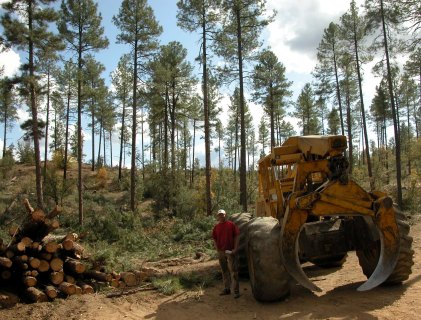America's Historic Covered Timber Bridges
Preservation for Future Generations | ID: FPL-045 |
| All USDA Forest Service 2011 Research Highlights | |
Synopsis:
|
Overview: Partnering with the Federal Highway Administration and National Park Service, the Forest Products Laboratory (FPL) has taken the lead in conducting research efforts aimed at preserving and/or restoring historic covered bridges. Several collaborative studies have been initiated to improve engineering evaluation methods, increase the durability of the bridge components, and develop new historic structure documentation techniques. Technology transfer efforts have included K-12 educational modules, historical videos, and technical conferences. |
| Principal Investigator(s) | ||
|---|---|---|
| ||
To view more research accomplishments reported by FPL in 2011, please click here.









